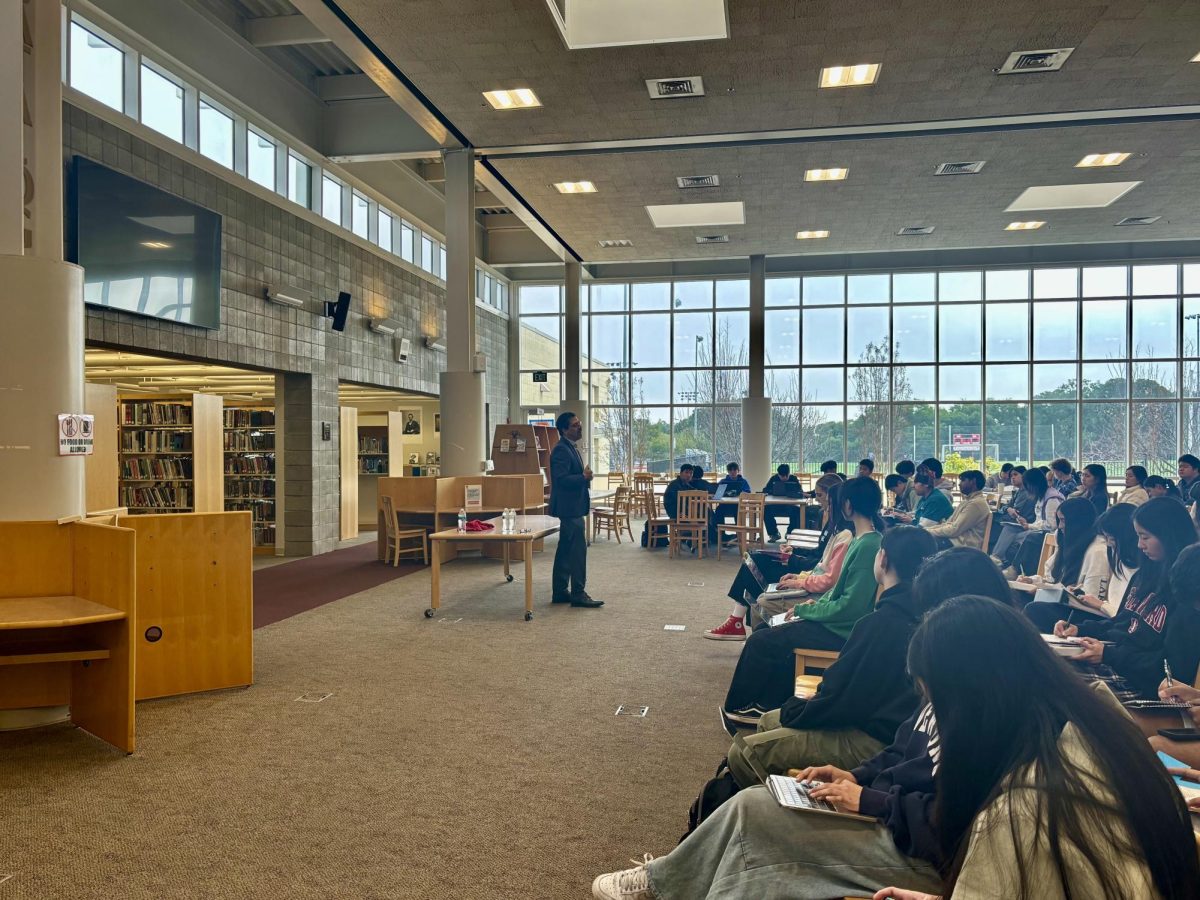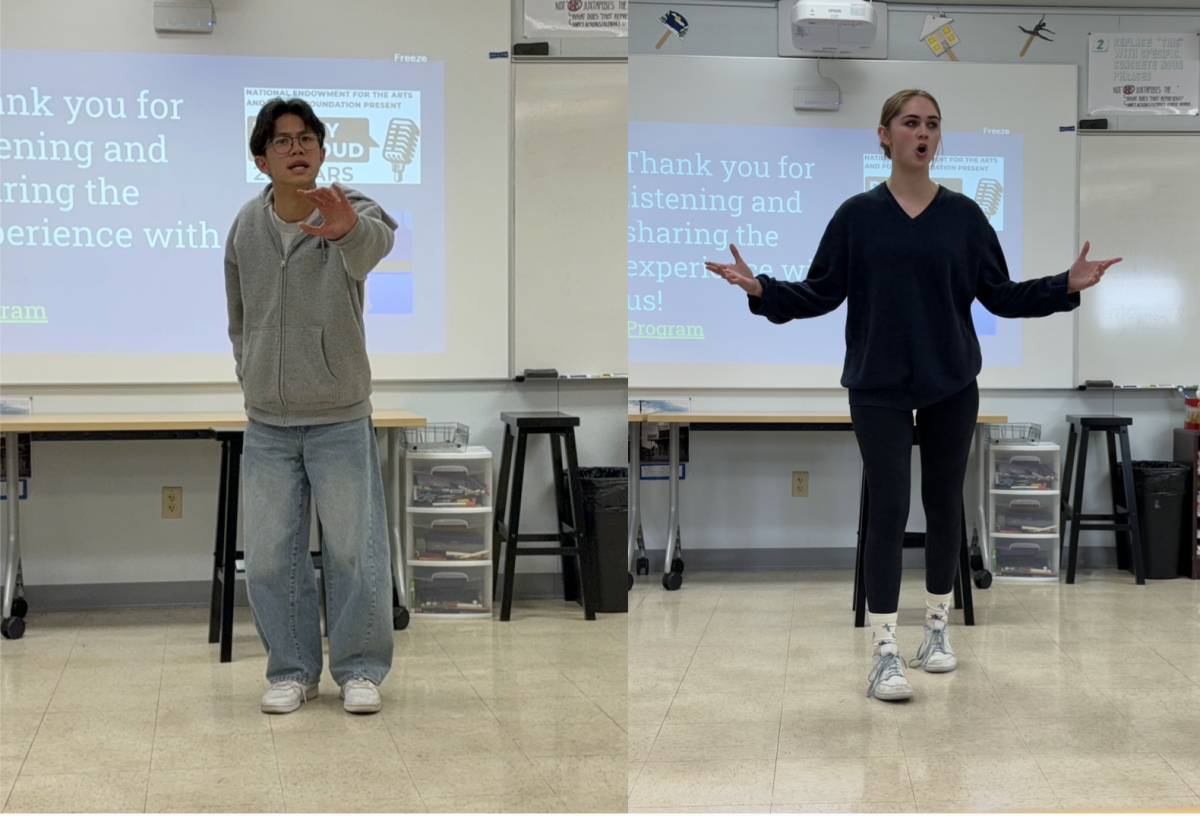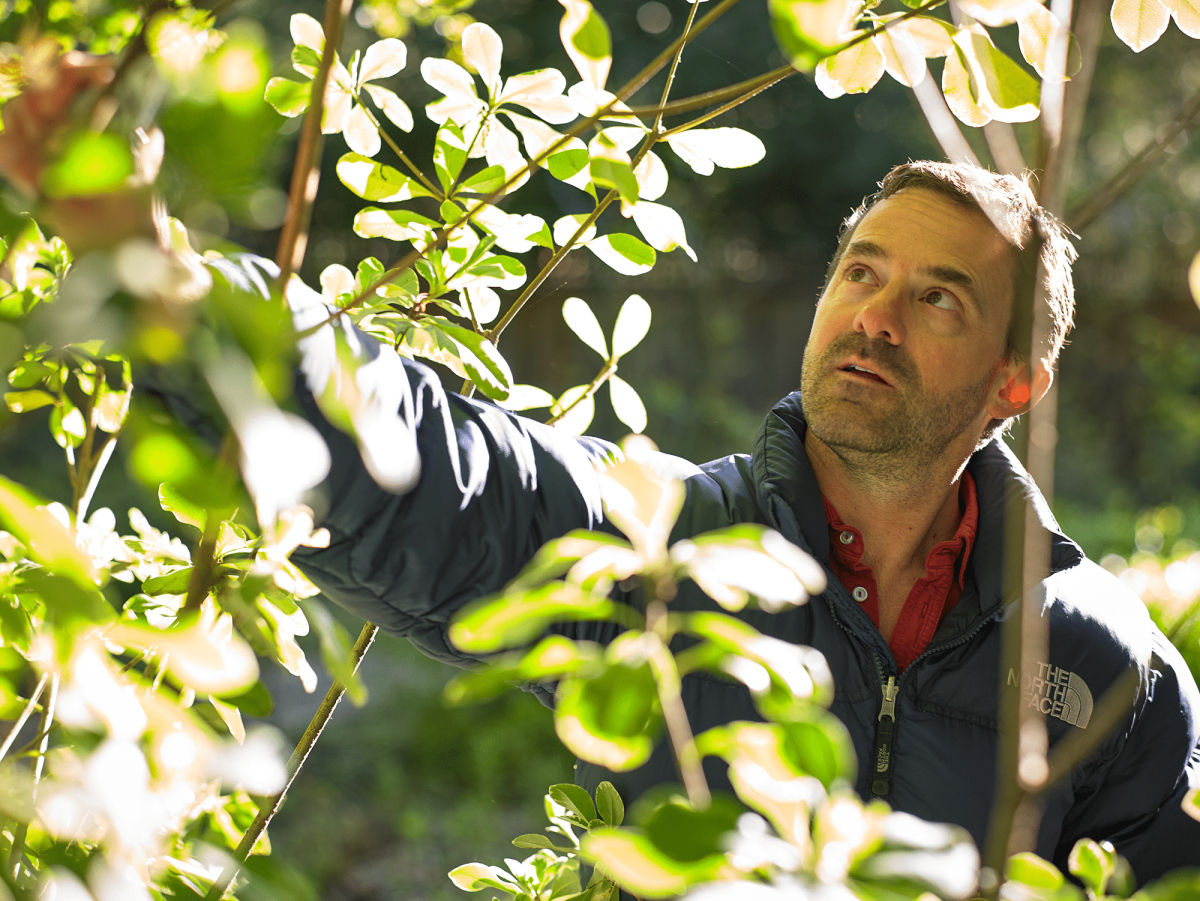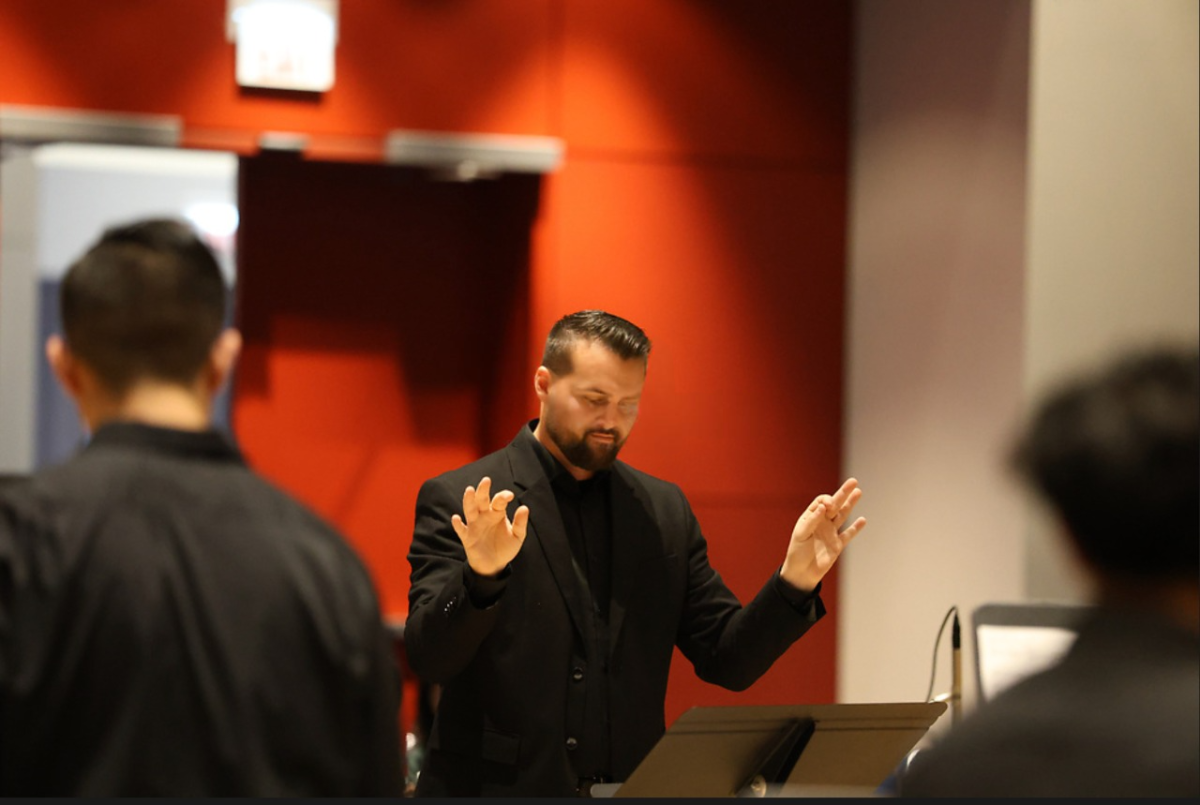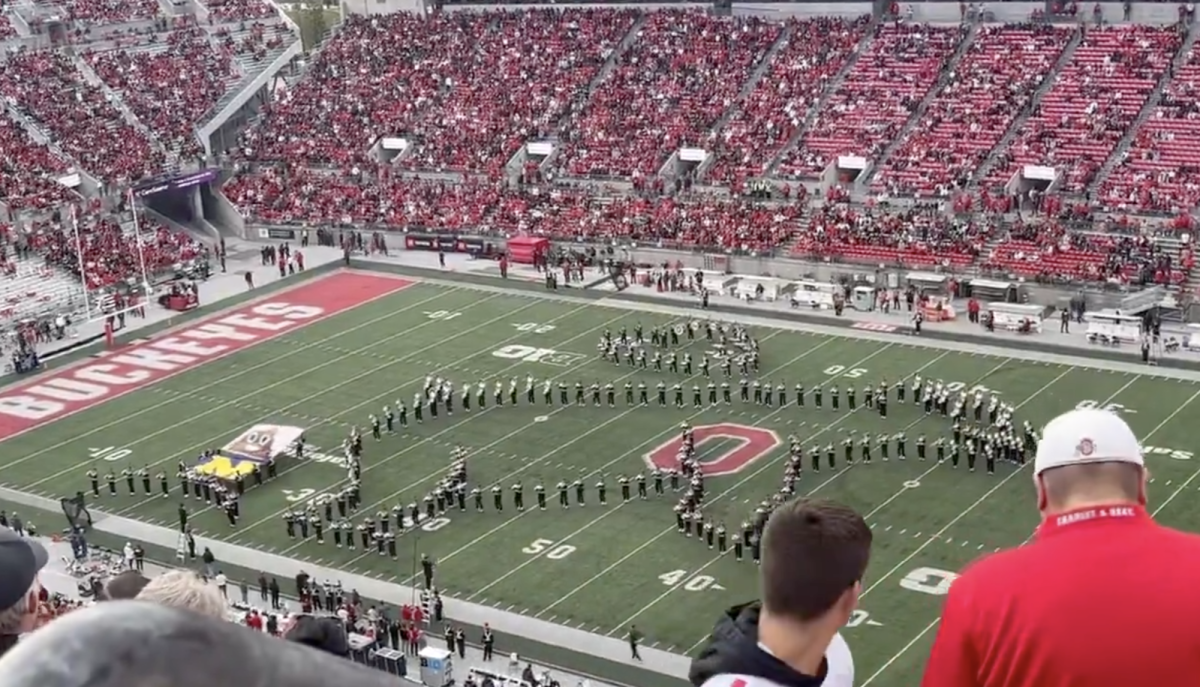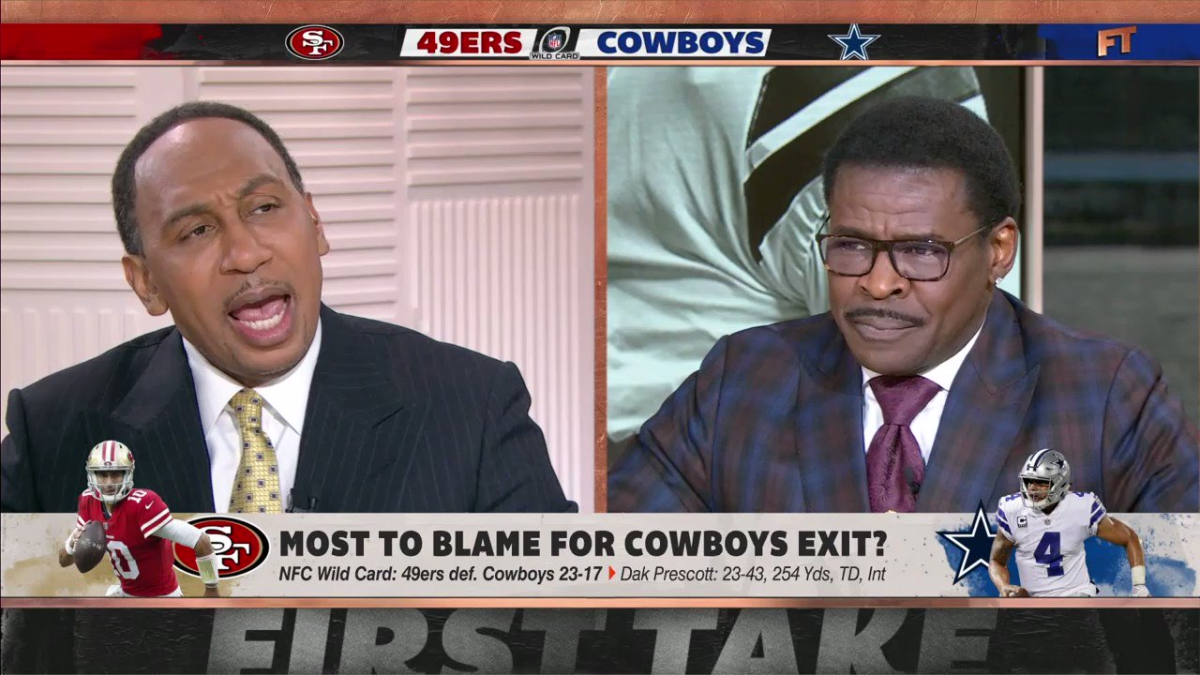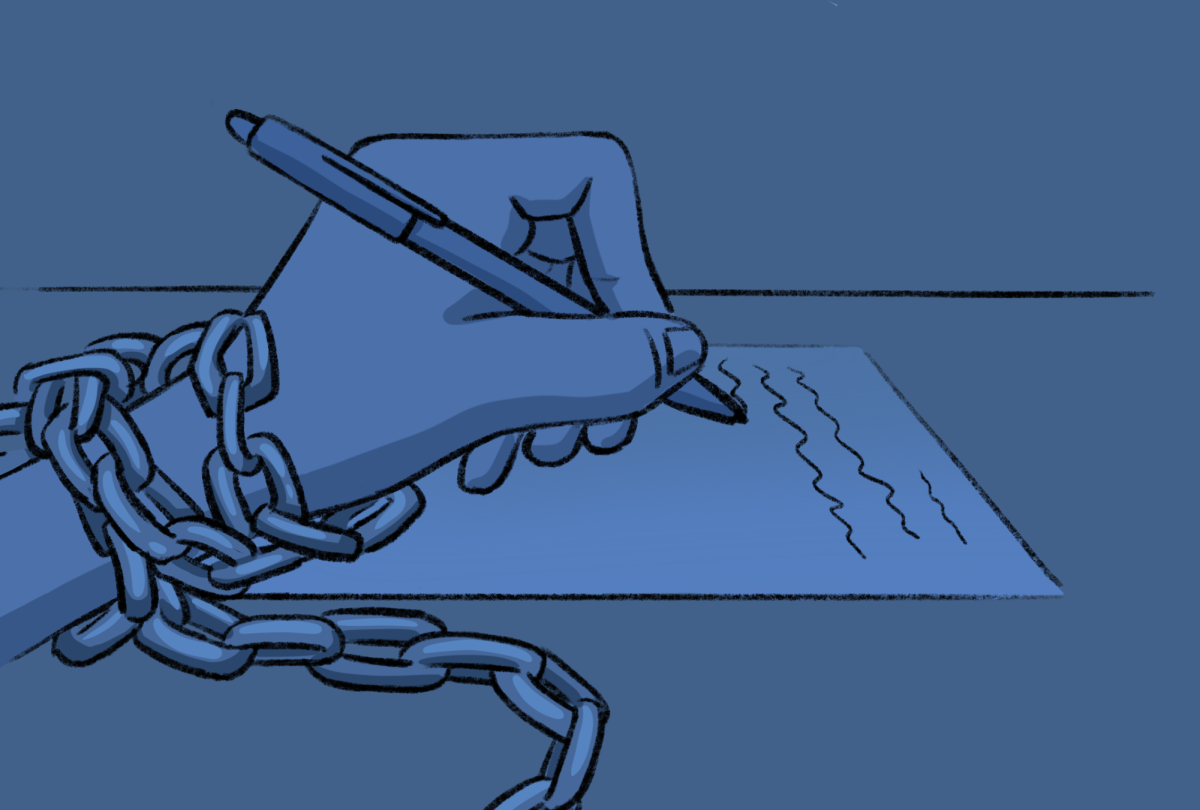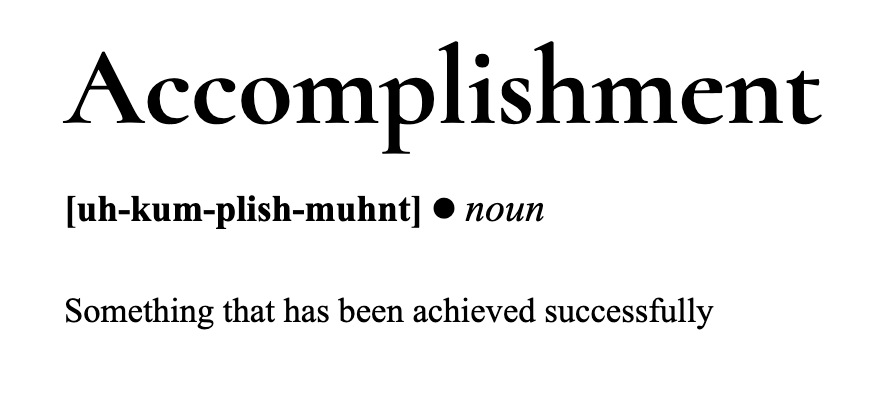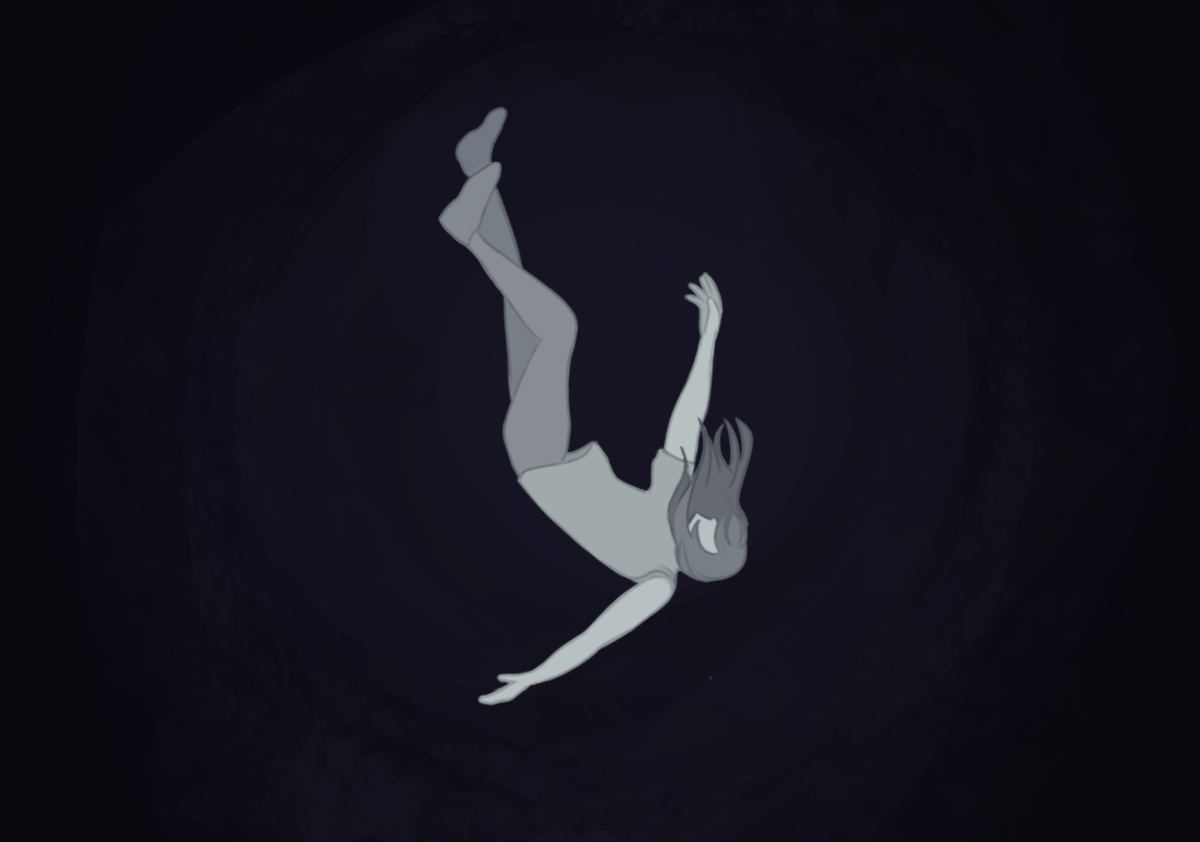Canadian singer and rapper Tory Lanez has had his fair share of recent controversy: According to CBS News, the 30-year-old artist was ordered to house arrest on Oct. 26 following the alleged shooting of rapper Megan Thee Stallion in 2020. Nonetheless, Lanez has continued to churn out R&B and hip-hop music, including his 2021 album “Alone at Prom.”
The entire project draws inspiration from the catchy hooks, smooth vocals and upbeat drums of the 1980s. The airy, spacey vibe of the instrumentals meshes with Lanez’s heartfelt lyrics, a perfect soundtrack for late night cruises down an empty highway.
Hit single “The Color Violet” epitomizes the album’s themes of vulnerability in romance, as Lanez proclaims that “She took my heart — filled it with nothing but pain” and “Love don’t come ‘til you find it.” The four-on-the-floor beat, synchronized with silky pads and saxophone riffs, portrays Lanez’s unrelenting urge to “dance, dance, dance.”
Moreover, “Lavender Sunflower” and “Ballad of a Badman” demonstrate his captivating vocal ability, utilizing a mixture of autotune and reverb effects in an ethereal manner. The nostalgic combination of punchy drums and vintage synths round off a strong performance from the Canadian songwriter.
Lanez has also curated samples from other tracks, including a reference to singer-songwriter Bruno Mars on “Hurt From Mercury.” In the first verse, Lanez mentions that “She’s found someone who’s better [that] takes you to every party just to dance and dance again,” alluding to Mars’ 2012 single “When I Was Your Man.”
Most notably, the album’s first song, “Enchanted Waterfall,” has recently been removed from Spotify and other streaming platforms due to copyright issues. The hook has been deemed a mimic of George Michael’s classic “Careless Whisper” by the musician’s entourage, a decision that has sparked countless debates between fans of both parties. It’s no secret that Lanez has been influenced by other artists in the album’s construction, but this methodology leads to its greatest downfall: uniformity.
Throughout the entire 36-minute work, Lanez maintains the same vocal deliveries and rhythmic patterns that heavily lack the storytelling aspect of music. Of course, Lanez isn’t the first modern artist to revitalize the 1980s theme, with other projects such as The Weeknd’s “After Hours” and Dua Lipa’s “Future Nostalgia” garnering much more worldwide acclaim. Lanez’s interpretation of this musical era is an adequate demonstration of his versatility, especially when considering that several of his past rap songs are completely devoid of personality and creativity.
Although this album is a one-of-a-kind for Lanez, his public image has been tarnished immensely by these present-day disputes. Despite his continuation of musical releases, it’ll require more than just melodic reruns of 1980s exemplars to find his saving grace.



